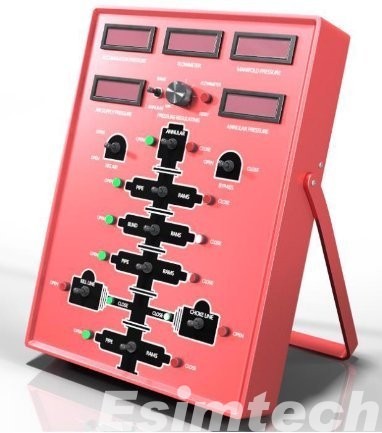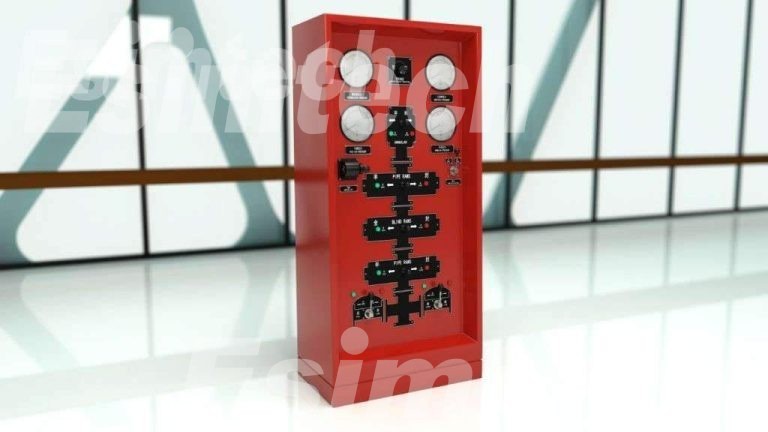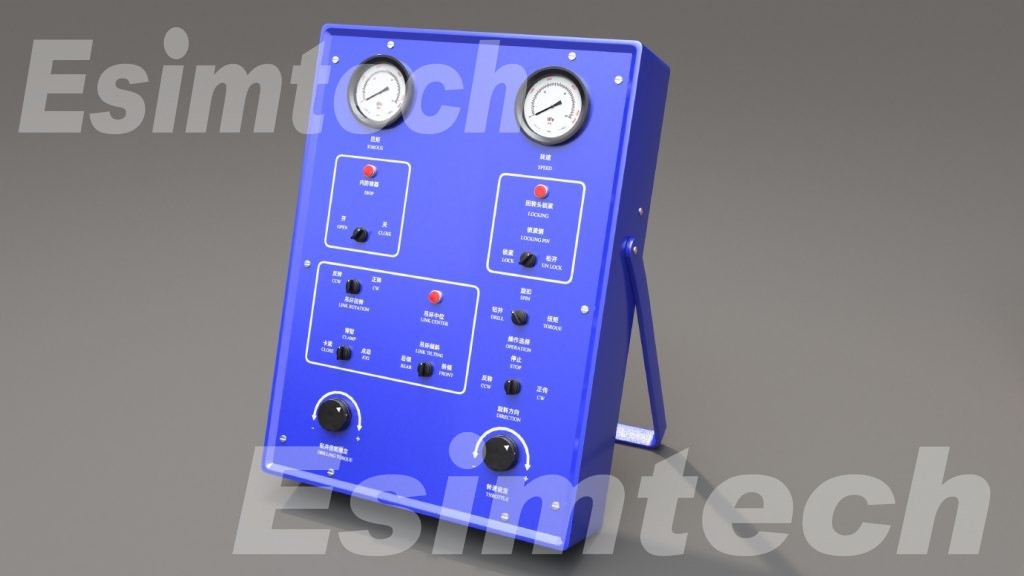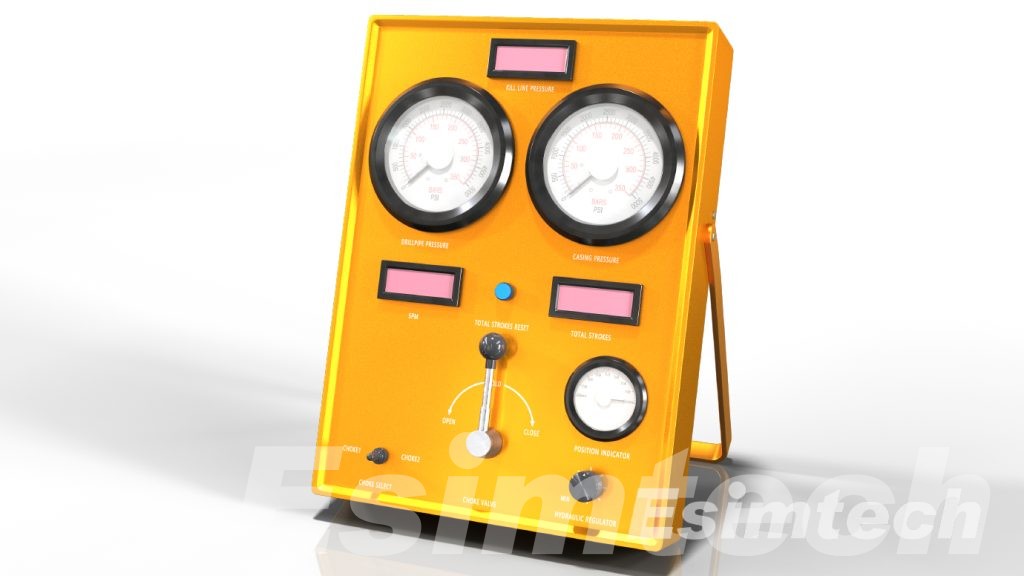What are Blowout Preventers: Everything You Need to Know
Safety and environmental protection are critical in the oil and gas drilling industry. The blowout preventer (BOP) is one of the crucial components that protect drilling operations from catastrophic accidents. A blowout preventer is a sophisticated piece of machinery designed to prevent the uncontrolled release of oil, gas, and other fluids from a well during drilling or production operations. The Deepwater Horizon incident in 2010 underlined the importance of having powerful blowout preventers in place to mitigate possible environmental and economic disasters.

What are the Key Functions and Importance of Blowout Preventers
A blowout preventer’s principal function is to keep pressure within the wellbore under control and to prevent uncontrolled escapes of oil, gas, and other fluids. Blowouts can result from a loss of drilling mud circulation or from the failure to control the pressure exerted by the reservoir. A well-designed and properly maintained blowout preventer can significantly reduce the risk of such events.
Emergency Shut-off
In the case of a sudden pressure surge or loss of control, the BOP can be activated to quickly seal around the wellbore and cut off fluid flow, thereby averting a blowout.
Well Control
During the drilling and completion processes, the BOP maintains the well’s pressure balance, ensuring that drilling mud is appropriately circulated and the well remains stable.
Environmental Protection
Blowout preventers play an important role in preventing oil spills and reducing their environmental impact. They restrict the uncontrolled flow of hydrocarbons into the environment by closing the wellbore.

What are the Key Components of Blowout Preventers
A blowout preventer is a complicated system of interconnected components that work together to prevent uncontrolled fluid leaks from oil and gas wells.
Annular Preventers
Annular preventers are doughnut-shaped devices that encircle the drill pipe, casing, or open hole. To produce a full seal around the tubular components, they use rubber or metal sealing devices. Annular preventers can be compressed to form a strong barrier against fluid flow and pressure spikes. Because these preventers are versatile and adaptable to various pipe sizes, they are an essential component of blowout prevention systems.
Ram Preventers
Ram preventers are hydraulic devices that close around the drill pipe, casing, or open hole to prevent fluid flow. They are classified into several categories, each of which is intended for a certain application:
Blind Rams: These are utilized to establish a full seal by completely sealing off the wellbore. They are required for well control activities.
Pipe Rams: Pipe rams are intended to close the drill pipe. They are utilized to prevent fluid flow while retaining the pipe in place, which is important during well control scenarios.
Shear Rams: Shear rams are pipe rams that have cutting blades attached to them. They can sever the drill pipe in an emergency, effectively disconnecting the well from the surface equipment and blocking fluid flow.
Hydraulic Systems
The movement of numerous components within the blowout preventer is powered by hydraulic systems. These methods enable the annular and ram preventers to be activated quickly and precisely. Hydraulic systems ensure that the preventers work properly even under high pressures and changing situations.
Control Systems
Modern blowout preventers include extensive control systems that enable operators to remotely monitor and activate the various components. These systems give operators exact control over the pressure on the wellbore as well as the timing of component motions. This remote control feature improves safety and response times.
Choke and Kill Lines
Pipelines connected to the blowout preventer stack are known as choke and kill lines. They give operators the ability to control fluid flow from the wellbore. Choke lines are used to regulate the rate of fluid flow from the well, whereas kill lines are used to add heavy fluids or specialist chemicals to recover control of well pressure.
Manifold
The manifold is a collection of valves and pipelines that connect the choke and kill lines to the drilling rig and surface equipment. It enables fluid flow adjustment during both routine operations and emergencies.
Accumulator System
Even if the primary hydraulic power source fails, an accumulator system stores hydraulic fluid under pressure that can be promptly released to power the blowout preventer components. This redundancy ensures that the BOP can function even if power is lost.
Sealing Elements and Gaskets
Various sealing devices and gaskets are employed throughout the blowout preventer stack to provide tight seals between components. These seals prevent fluid from escaping and keep the wellbore intact.

What are the Challenges and Innovations for Blowout Preventers
Blowout preventers (BOPs) serve an important role in preserving the safety and integrity of oil and gas wells, but they encounter problems that must be addressed in order to improve their dependability and effectiveness. Over the years, the industry has worked on novel solutions to these problems.
Challenges
Complexity and Maintenance
BOPs are complex pieces of machinery with various components that must be maintained and inspected on a regular basis. The challenge is ensuring that all components are working properly, as even a single component failure might threaten safety.
Extreme Operating Conditions
BOPs can be exposed to hostile environments during oil and gas drilling operations, including high pressures, intense temperatures, corrosive fluids, and abrasive materials. BOPs must resist these circumstances while remaining operational.
Human Error and Training
Blowout preventer operation demands trained operators who can successfully respond to emergencies. Inadequate training and human error can result in delayed or wrong replies, thereby worsening the problem.
Real-time Monitoring and Data Analysis
Monitoring the health and status of BOPs in real-time is essential to detect potential issues early. However, gathering and analyzing the vast amounts of data generated by BOPs can be challenging.
Deepwater and Subsea Challenges
Because of the increasing water pressure and complexity of subsea equipment, offshore drilling in deepwater environments brings distinct problems. In these situations, ensuring reliable BOP operation is vital to avoiding blowouts.

Innovations
Remote Operation and Automation
Automation advances enable remote monitoring and control of BOPs, minimizing the need for human intervention and improving response times during emergencies.
Digital Twin Technology
Digital twin technology creates virtual replicas of physical BOPs, enabling real-time simulations and testing of various scenarios in drilling and well control operation. This helps identify potential issues before they occur and allows for more effective maintenance planning.
Condition Monitoring and Predictive Analytics
Sensors mounted on BOP components can collect information about characteristics such as pressure, temperature, and wear. This data can be analyzed by predictive analytics algorithms to forecast probable breakdowns and prescribe maintenance activities.
Material Improvements
The development of new materials, coatings, and corrosion-resistant alloys can improve the durability of blowout preventer components, making them more resistant to harsh working circumstances.
Redundancy and Redundant Systems
Implementing redundant systems and components into BOP stacks ensures that if one part fails, a backup is available to maintain well control. This method adds an extra degree of security by offering alternative methods for sealing the well.
Real-time Training Simulators
Operators can practice emergency scenarios in a controlled environment using oil and gas training simulators. These simulations can help operators enhance their skills and decision-making abilities in high-stress circumstances.
Standardization and Regulation
The development of industry-wide standards and regulations for BOP design, testing, and maintenance can help ensure consistent quality and performance across different operations.
Improved Emergency Response Plans
Creating thorough emergency response plans that define precise procedures for various well control scenarios can help to reduce confusion and increase the effectiveness of BOP operations during an emergency.
Summary
In the oil and gas industry, the blowout preventer serves as a sentinel at the intersection of technological innovation, safety, and environmental protection. The evolution of the Deepwater Horizon guardian from a mechanical device to a high-tech, remotely operated guardian illustrates the industry’s commitment to preventing calamities like the Deepwater Horizon spill. As drilling techniques improve and the industry faces new problems, the blowout preventer remains critical in guaranteeing responsible exploration and extraction of oil and gas resources while protecting the environment and human lives.

